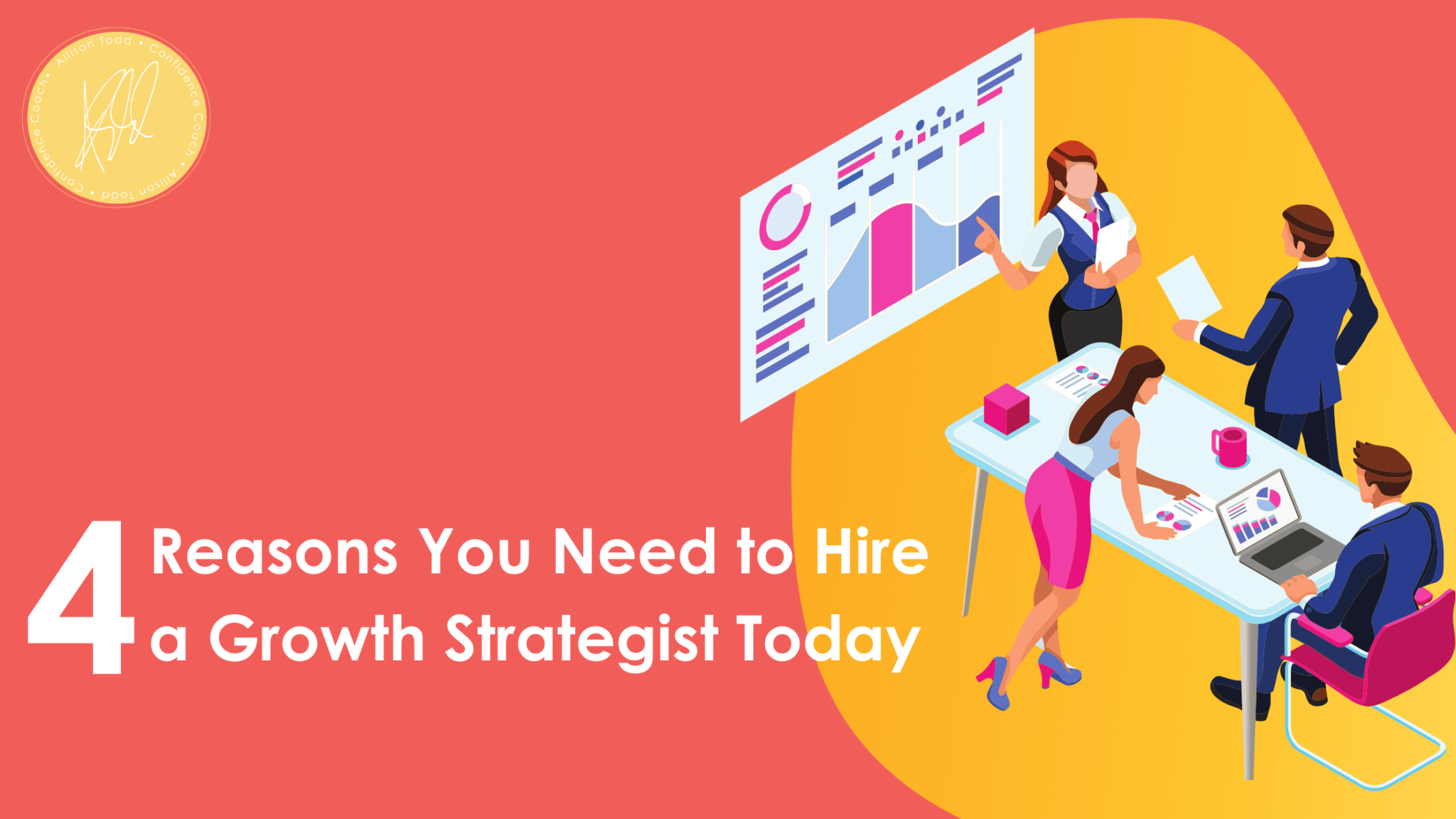Great communication is one of the most important skills for running a successful business. Overall, business communication is responsible for improving workplace efficiency, boosting morale, and creating a more open and collaborative environment for employees to thrive in.
7 Ingredients For Unstoppable Business Communication
Despite the fact that 89% of people believe in the importance of effective business communication, only around 17% feel as if their workplace possesses it. Here are 6 ways to get started on improving your business’s communication style:
#1: Find The Right Communication Channel
In today’s highly digitized workplaces, communication can take place on a multitude of platforms, so make sure that you are using the right one! Whether it’s an email, slack message, in-person meeting, or video call, it is important to think about the communication channels that you are using to deliver your information most effectively.
For example, sending a couple of reminders can probably be accomplished in an email, whereas explaining a complex project might land better in a face-to-face meeting.
#2: Value Listening Skills
Business communication is so much more than just articulating YOUR thoughts and ideas. It is equally important to take a step back and listen to the needs and feelings of the coworkers around you to ensure that everyone feels heard and valued in a space.
#3: Make Yourself Accessible
Especially if you are a boss or leader, it is crucial for employees to know you are accessible to chat if they need to run something by you or have any questions or concerns. If employees don’t feel comfortable speaking out in the workplace, passive aggression and resentment are bound to happen.
#4: Be Mindful of Body Language
While the exact percentage of what communication is nonverbal versus verbal has been debated, the body language that you put out to others in the workplace oftentimes speaks louder than words. Great nonverbal communication starts with making eye contact, nodding, not crossing your arms, and leaning forward.
#5: Keep It Simple
Many employees fall into the trap of using overly complex language and jargon while communicating with others, in turn leaving less experienced employees confused. To avoid this, always be mindful of the vocabulary you choose and keep communication simple whenever you can.
#6: Ask Questions
Asking clarifying questions works wonders at clearing up any confusion or assumptions early on in a project or task, in turn saving stress and confusion down the line. Remember that if you have questions during a meeting, odds are other people in the room feel similarly and will appreciate your courage in asking.
#7: Tailor Your Communication
The way that you speak to your boss might look a little different than how you are speaking with a peer. In order to have effective business communication, it is important to know the audience that you are speaking to ensure you are tailoring your language and format of communication to best fit that specific dynamic.
Maximize Your Business Communication With Allison Todd Today
For more advice on improving your business’s operations from an experienced business coach and consultant, feel free to reach out today!

For more advice on improving your business’s operations from an experienced business coach and consultant, feel free to reach out today!




